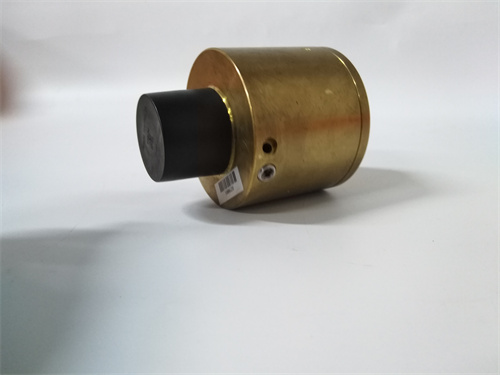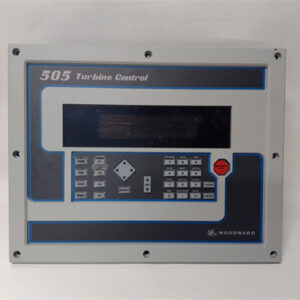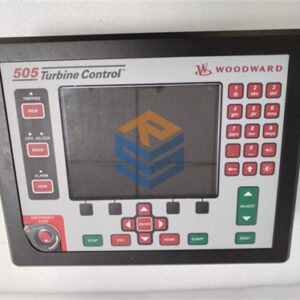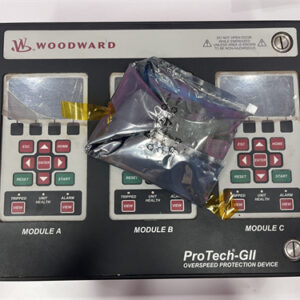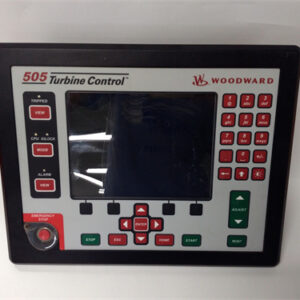الوصف
Let’s get into the specifics of the WOODWARD 9907-1357 actuator.
Based on Woodward’s product catalog, the WOODWARD 9907-1357 is identified as an actuator with the more detailed model designation V45TD-2520-MUEXM-X-C-X. This tells us a lot about its design and intended use within industrial control systems.
Optimized SEO Titles
- WOODWARD 9907-1357: V45TD-2520-MUEXM-X-C-X Double-Acting Actuator
- Precision Control for Turbomachinery: WOODWARD 9907-1357 Actuator
- WOODWARD 9907-1357: Reliable Electro-Hydraulic Actuation
- Optimize Industrial Processes with the WOODWARD 9907-1357
Product Overview
The WOODWARD 9907-1357 is a specialized electro-hydraulic actuator, specifically identified as a V45TD-2520-MUEXM-X-C-X model. This is a “double-acting” actuator, meaning it uses hydraulic pressure to both extend and retract its output shaft, allowing for precise and powerful control in both directions. Actuators like the 9907-1357 are critical components in industrial control loops, converting electrical signals from a governor or control system into the precise physical movement required to operate control valves, dampers, or other mechanisms that regulate flow or position in complex machinery.
- Type: Electro-Hydraulic Actuator (Rotary, Double-Acting)
- Manufacturer: Woodward
- Model Number: 9907-1357 (detailed as V45TD-2520-MUEXM-X-C-X)
- Primary Function: Provides precise, high-force, and fast-acting positioning for critical control elements in industrial applications, particularly turbomachinery.
Detailed Product Description
In demanding industrial environments, especially those involving the control of large prime movers like gas or steam turbines, precise and rapid manipulation of fuel or steam flow is essential for performance and safety. The WOODWARD 9907-1357 is engineered specifically for these critical roles. It acts as the robust intermediary between the intelligent commands of a control system and the physical components that adjust operational parameters.
The V45TD series, to which the 9907-1357 belongs, is well-known for being rotary electro-hydraulic actuators. This design implies several key advantages:
- Electro-Hydraulic: It uses an electrical signal to control a hydraulic system, which then generates the mechanical force. This allows for very high force output from a relatively compact unit, as hydraulics offer excellent power density.
- Rotary Output: Instead of linear extension/retraction, these actuators produce rotational motion, which is ideal for operating butterfly valves, rotary dampers, or other devices that require angular positioning.
- Double-Acting: The “Double-Acting” characteristic indicates that hydraulic pressure is actively applied to both sides of the actuator’s piston (or vane), allowing for precise control of movement in both directions (extension and retraction) and firm holding of position. This provides stiffness and responsiveness, crucial for dynamic control applications.
Key Features and Benefits (Specific to V45TD-2520-MUEXM-X-C-X / 9907-1357):
- High Positioning Accuracy: Engineered for highly accurate and repeatable positioning, which is vital for maintaining stable speed, load, frequency, or other process variables in a prime mover.
- Fast Response: The electro-hydraulic design provides quick and precise responses to control signals, enabling dynamic adjustments to fuel or steam flow, critical for managing transients and maintaining stability in high-performance turbomachinery.
- Robust Industrial Design: Built to withstand the harsh conditions of industrial environments, including significant vibration, wide temperature fluctuations, and potential contaminants, ensuring long-term reliability and reducing the need for frequent maintenance.
- High Force/Torque Output: The hydraulic power allows the actuator to generate substantial force or torque, making it suitable for operating large control valves or dampers against high differential pressures.
- Seamless Integration: Designed to integrate smoothly with Woodward’s comprehensive range of governors and control systems (such as the MicroNet, 505, and Peak series), forming an optimized, closed-loop control solution. It typically accepts standard industrial electrical command signals (e.g., 4-20 mA or voltage signals).
Technical Specifications (Inferred/Typical for V45TD-2520-MUEXM-X-C-X):
While proprietary specifications for the exact 9907-1357 part number are not openly available, here are general inferred specifications based on its classification within the Woodward V45TD-2520 series:
Application Areas
The WOODWARD 9907-1357 actuator is a workhorse in applications that demand precise, powerful, and rapid control over flow or position in heavy-duty machinery. Its primary applications include:
- Gas Turbine Fuel Control: Precisely positioning fuel gas or liquid fuel valves to regulate fuel flow to the turbine, directly controlling the turbine’s speed, power output, and exhaust temperature.
- Steam Turbine Valve Control: Actuating steam admission valves, extraction valves, or other critical steam path components to manage turbine speed, generated power, or process steam demands.
- Compressor Control: Operating critical valves like anti-surge valves or recycle valves in large industrial compressors to maintain stable operation and prevent costly surge conditions.
- Power Plant Auxiliary Control: Controlling dampers in boiler systems, exhaust stacks, or other large air/gas flow paths.
- Other Process Industries: Any large-scale industrial process requiring highly accurate and powerful modulation of fluid flow or mechanical position, where the actuator is subjected to demanding operational conditions.
Related Products & Systems
The WOODWARD 9907-1357 actuator doesn’t work in isolation; it’s an integrated part of a larger, sophisticated control architecture:
- Woodward Governors and Control Systems: The “brain” of the operation. These electronic controllers (e.g., 505, MicroNet Plus, Peak 150/200, or specialized turbine/engine control systems) receive sensor feedback, execute control algorithms, and send the precise electrical command signal to the 9907-1357.
- Control Valves or Dampers: The mechanical devices that the actuator directly connects to and manipulates. These are the elements that physically modulate fuel, steam, or air flow.
- Hydraulic Power Units (HPUs): Since it’s an electro-hydraulic actuator, a dedicated HPU is necessary to provide the pressurized hydraulic fluid that powers the actuator’s mechanical movement.
- Position Feedback Devices: Actuators often include or are paired with position feedback sensors (e.g., LVDTs, potentiometers) that send the actuator’s actual position back to the controller, allowing for closed-loop control and verification of movement.

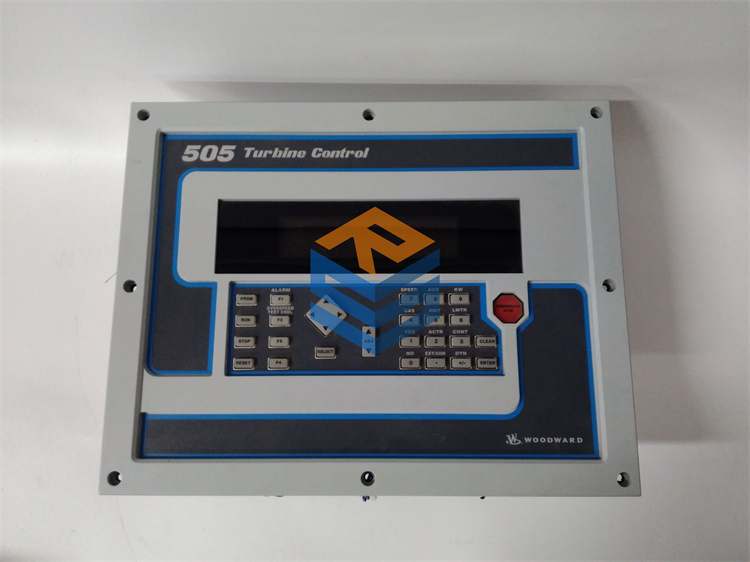

 +86 15340683922
+86 15340683922 +86 15340683922
+86 15340683922